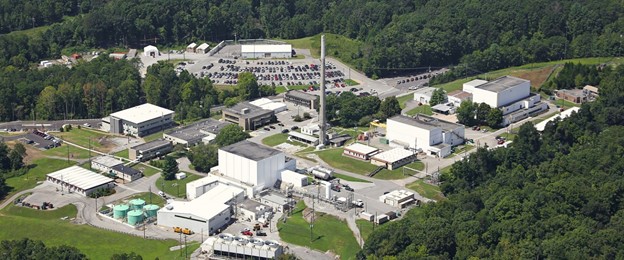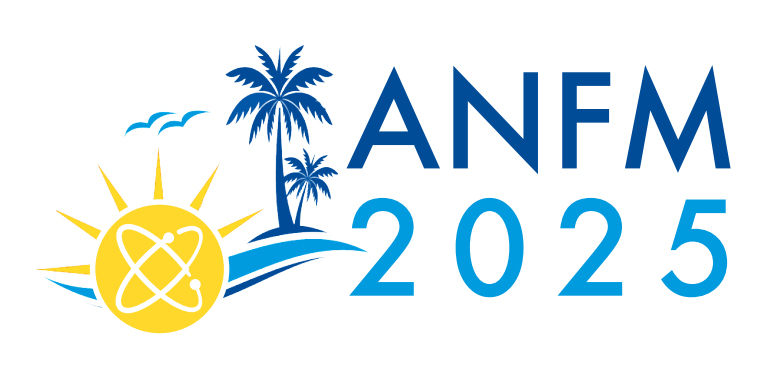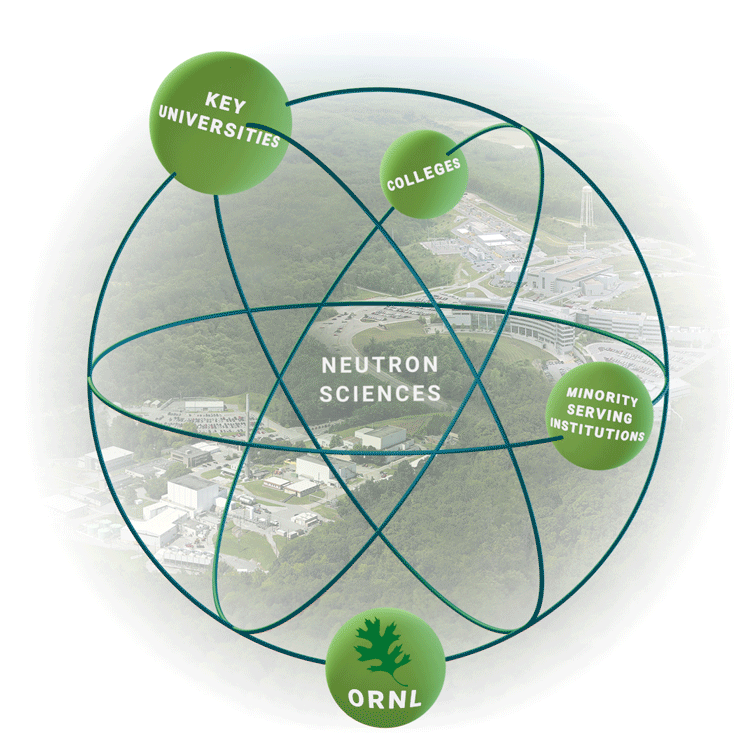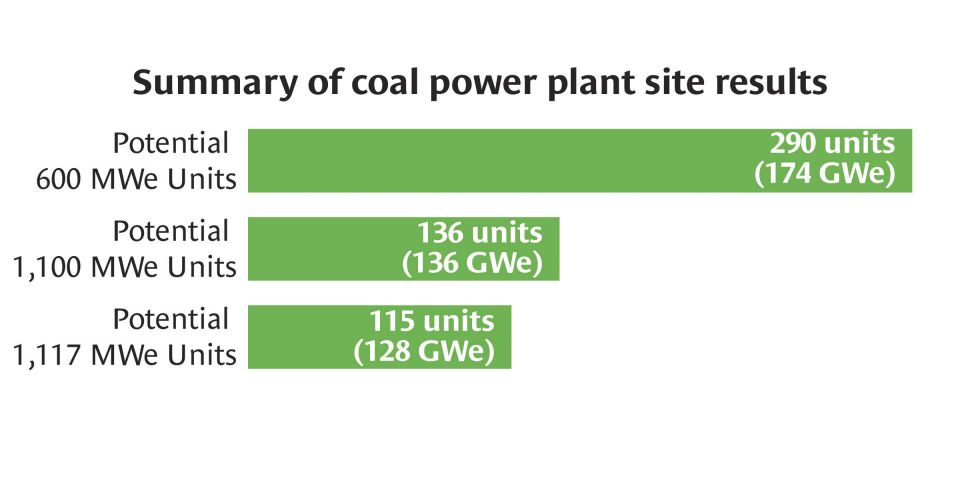Seismo-acoustic data: The use of seismic and acoustic data for detecting and monitoring movements of Earth’s crust during earthquakes is well known. Such data have also been used to evaluate infrastructure properties, such as for buildings and bridges. But the technology also has potential for other industrial applications, including for the nuclear industry and nonproliferation monitoring, as demonstrated by the ORNL team.
Study design: Researchers led by geophysicist Chengping Chai gathered data with seismic and acoustic sensors placed around the High Flux Isotope Reactor at ORNL. The sensors collected one year’s worth of data in a minimally invasive manner, at a position approximately 50 meters away from the reactor.
“We found that seismo-acoustic sensors can record the mechanical signatures of vibrating equipment such as fans and pumps at the cooling tower at an accuracy enough to shed light into operational questions,” Chai said. The premise is, since a reactor’s power status is a thermal process, seismic and/or acoustic data could be used to predict the plant status.
The researchers applied machine learning models to their data in an attempt to classify the reactor’s operational state (on, off, or transition) and to estimate the reactor’s power level (from 10 percent to 90 percent). The machine learning models were chosen for their ability to “infer the complex relationship between different reactor systems and their seismo-acoustic fingerprint,” explained Chai.
Results: Chai et al. found that their analysis could determine whether the reactor was on or off (operating or not operating) with 98 percent accuracy. The analysis could determine when the reactor was transitioning between on and off with 66 percent accuracy.
These results, according to the study’s abstract, “suggest seismic and acoustic data contain useful information about the transition state as well as power levels. Seismic and acoustic data could be integrated with other observations to improve monitoring performance.”
Chai added that it is a long-term and challenging goal to associate seismic and acoustic signatures with different industrial activities and equipment. To make accurate predictions, further studies will need to be carried out at varied facilities.
Nonproliferation: Chai noted, “Nuclear reactors can be used for both benign and nefarious activities. Therefore, verifying that a nuclear reactor is operating as declared is of interest to the nuclear nonproliferation community.”









